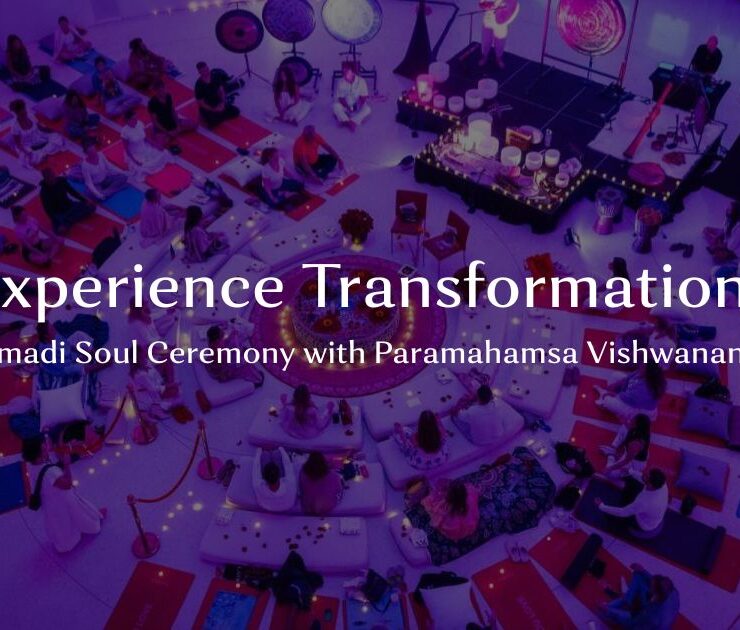Types of Yoga: Which One is Right for You?
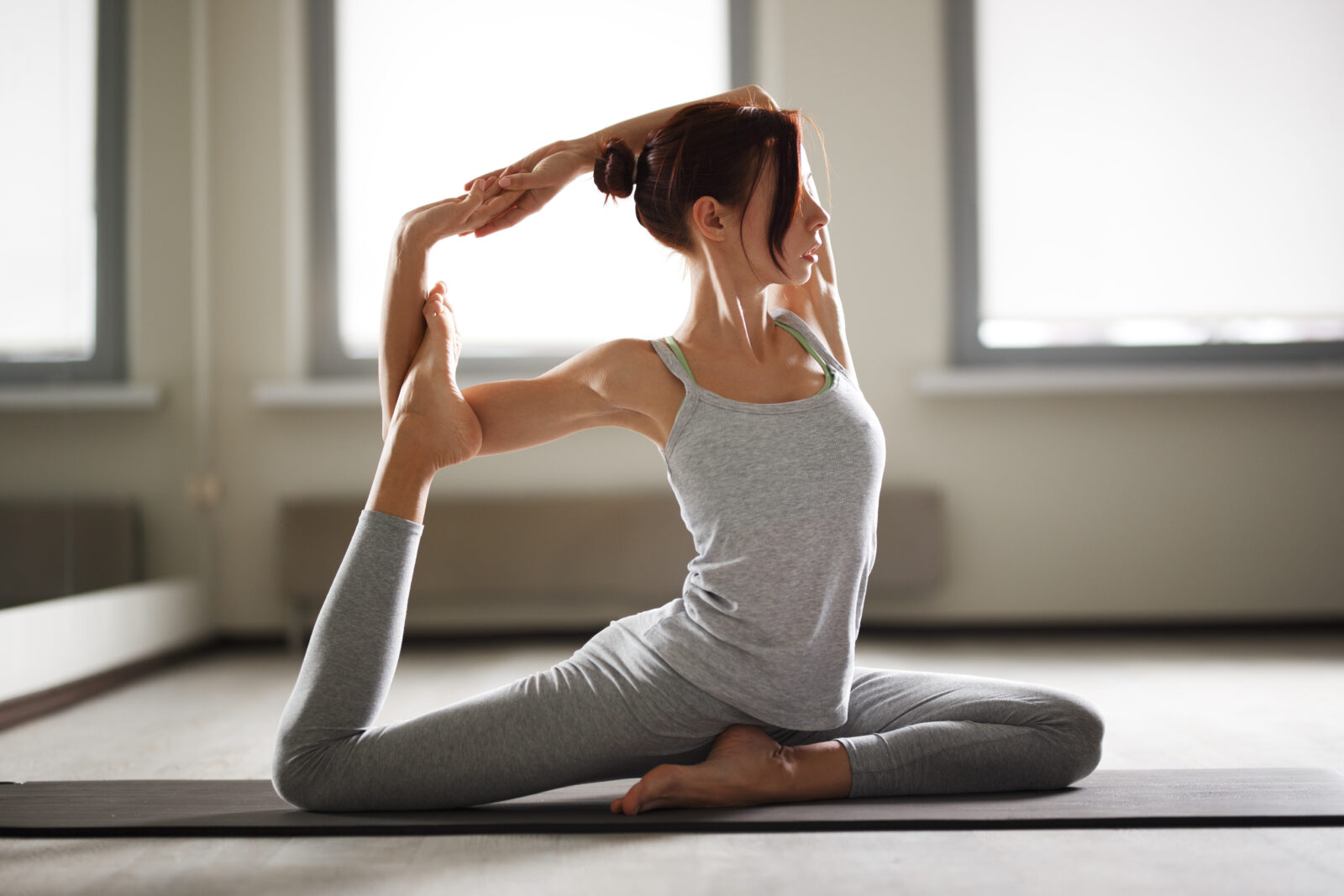
Verónica Cruz, a native of Miami, is a certified yoga…
Yoga is an ancient practice that has gained immense popularity in recent years. It is known to improve physical health, mental well-being, and emotional stability. However, with so many different styles of yoga to choose from, it can be overwhelming for beginners to decide which one is right for them. In this blog, we will explore the various types of yoga available today. Starting from the basics, we will dive into the philosophy behind yoga and the broad categories that all styles fall under. We will then examine the most popular styles of yoga, including Hatha, Vinyasa, Ashtanga, Yin, Restorative, Kundalini, Power, Prenatal, Aerial and Acro Yoga. Finally, we will help you choose the right style of yoga based on your physical condition and fitness levels, goals and expectations, and personal preferences. Whether you are a beginner or an experienced practitioner looking to enhance your practice, this blog has something for everyone!
Understanding the Basics of Yoga
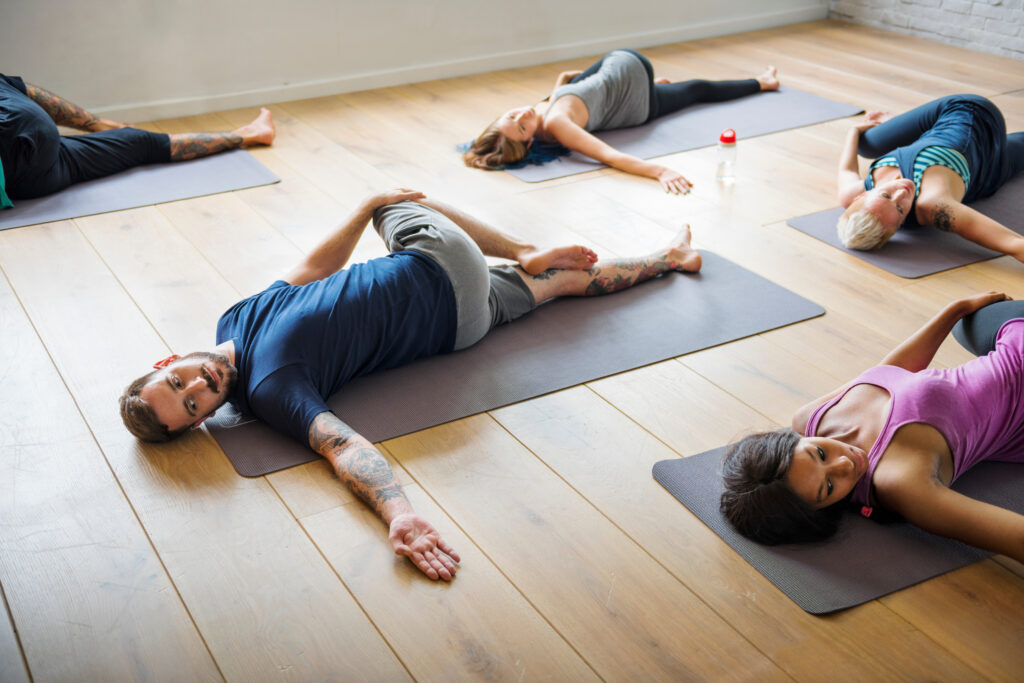
Yoga, an ancient practice combining physical postures, breathing exercises, and meditation techniques, offers numerous benefits. It improves flexibility, strength, and balance while reducing stress and anxiety and enhancing mental well-being. With different styles available, each with its own focus, intensity, and unique benefits, yoga can be tailored to suit individual needs. Whether you’re a beginner or an advanced practitioner, you can find a style that suits your skill level and comfort zone. From restorative classes to intense vinyasa sessions, yoga offers a special way to connect the mind, body, and spirit.
The Origin and Philosophy of Yoga
Yoga, which originated in ancient India, has been practised for thousands of years. Its philosophy is built upon the concept of connecting the body, mind, and spirit. The practice of yoga promotes self-discipline, self-awareness, and mindfulness, aiming to achieve physical, mental, and spiritual balance. By understanding the origin and philosophy of yoga, practitioners can deepen their practice and enhance their appreciation of the benefits it offers. Yoga teaches individuals to embrace principles such as self-awareness, discipline, and mindfulness, allowing them to experience a profound connection between their physical, mental, and spiritual well-being.
The Broad Categories of Yoga
Yoga encompasses various styles, each with its unique approach. From hatha yoga to vinyasa yoga, ashtanga yoga to restorative yoga, some options cater to different aspects of physical postures, breath work, meditation, and spiritual practice. Exploring these diverse styles allows you to find the one that aligns with your goals, preferences, and skill level. With Iyengar yoga focusing on alignment, Bikram yoga incorporating a series of poses in a heated room, and kundalini yoga awakening your inner energy, there’s something for everyone. Trying different styles brings variety, challenge, and growth to your practice.
Exploring Different Types of Yoga
By delving into the wide array of yoga styles available, you open up a world of possibilities that cater to your specific needs and interests. From gentle, restorative yoga to the invigorating power of a vinyasa class, there is a type of yoga for everyone, regardless of skill level. Each style brings its unique sequence of poses, breathing techniques, and benefits. By stepping out of your comfort zone and trying different types of yoga, you can expand your practice, challenge yourself, and reap the myriad physical and mental benefits.
1. Kundalini Yoga: Awakening Your Inner Energy
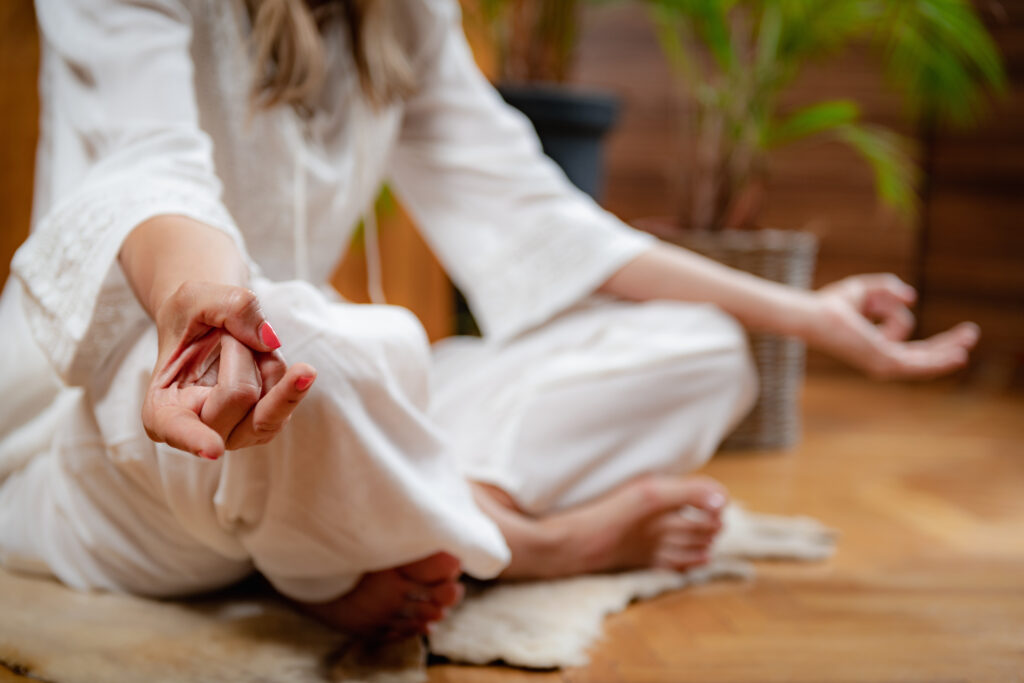
Kundalini yoga, a spiritual practice that combines physical postures, breath work, meditation, and mantra chanting, aims to awaken and raise the dormant energy within the body. This transformative practice helps balance the chakras, deepen awareness, and connect with higher consciousness. Kundalini yoga classes often incorporate dynamic movements, breath of fire, and kundalini kriyas (sequences). With its unique approach, Kundalini yoga offers a special way to deepen spiritual awareness and expand consciousness. It allows practitioners to step out of their comfort zone, connect at their own pace, and experience the benefits of this ancient practice.
2. Hatha Yoga: The Foundation of All Yoga Styles
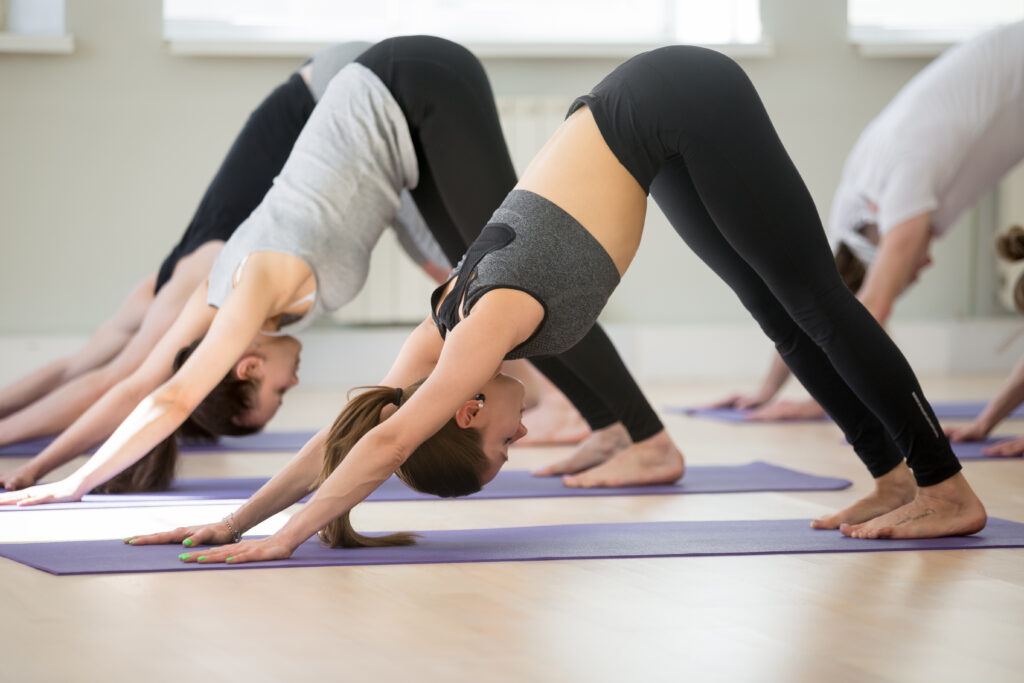
Hatha yoga, the foundation of all yoga styles, focuses on physical postures and breath control. With its gentle and slower-paced approach, hatha yoga is suitable for practitioners of all skill levels. This style helps build strength, flexibility, and body awareness while incorporating relaxation techniques, breathing exercises, and meditation. It provides a solid foundation for other types of yoga and allows practitioners to explore their own pace and comfort zone. Whether you’re a beginner or an experienced yogi, practicing hatha yoga can offer numerous benefits for your overall well-being.
3. Vinyasa Yoga: Flowing through the Poses
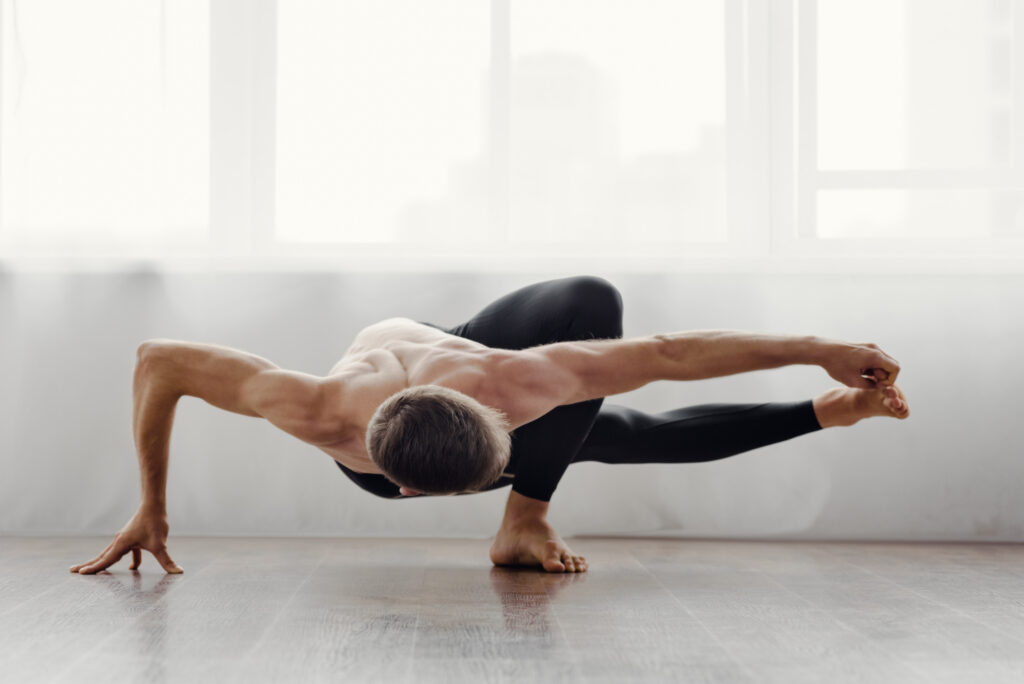
Vinyasa yoga, also known as flow yoga, is a dynamic style that emphasizes flowing movements and breath synchronization. In vinyasa yoga classes, poses are linked together in a continuous flow, creating a moving meditation. This style of yoga can be invigorating and challenging, helping to improve cardiovascular fitness. The practice of vinyasa yoga also builds strength, balance, and flexibility. What’s great about vinyasa yoga is that it offers endless creative possibilities – classes can vary in pace, intensity, and style of sequencing. So whether you’re a beginner or an experienced yogi, vinyasa yoga can be adapted to suit your skill level and preferences.
4. Ashtanga Yoga: A Rigorous and Disciplined Style
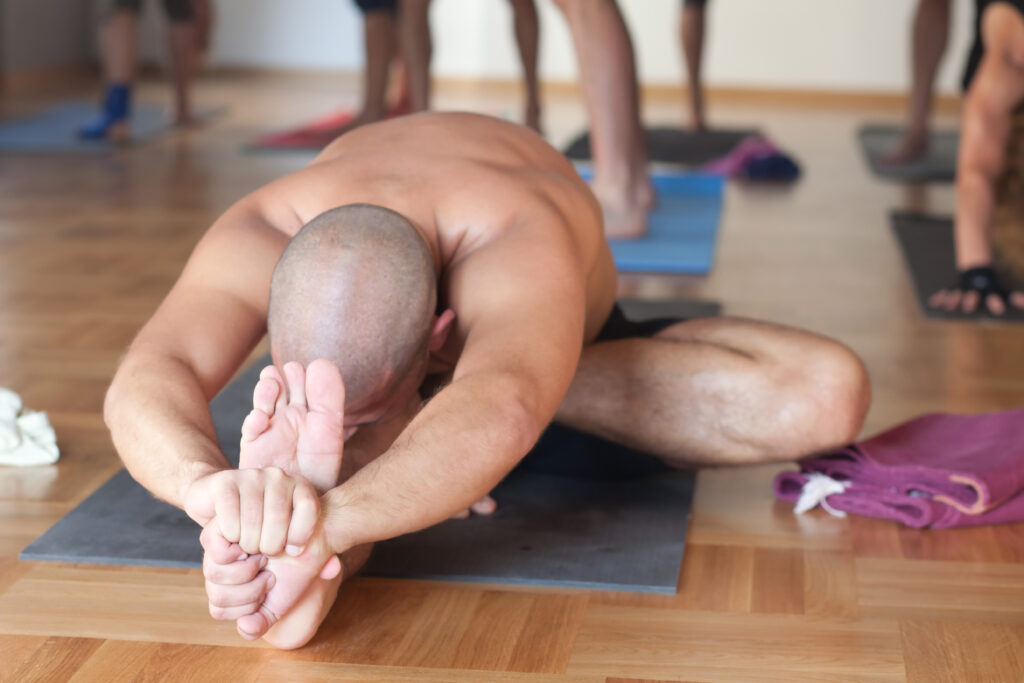
Ashtanga yoga is a physically demanding practice that follows a specific sequence of poses. It is a structured and disciplined style, focusing on breath, alignment, and body awareness. Ashtanga classes typically include sun salutations, standing poses, seated poses, inversions, and backbends. This practice builds physical strength, endurance, and mental concentration. By practising Ashtanga yoga, you can increase flexibility, improve body awareness, and develop a deep sense of inner discipline. With its rigorous and disciplined approach, Ashtanga yoga offers a challenging yet rewarding experience for practitioners of all skill levels.
5. Yin Yoga: For Deep Tissue Stretching
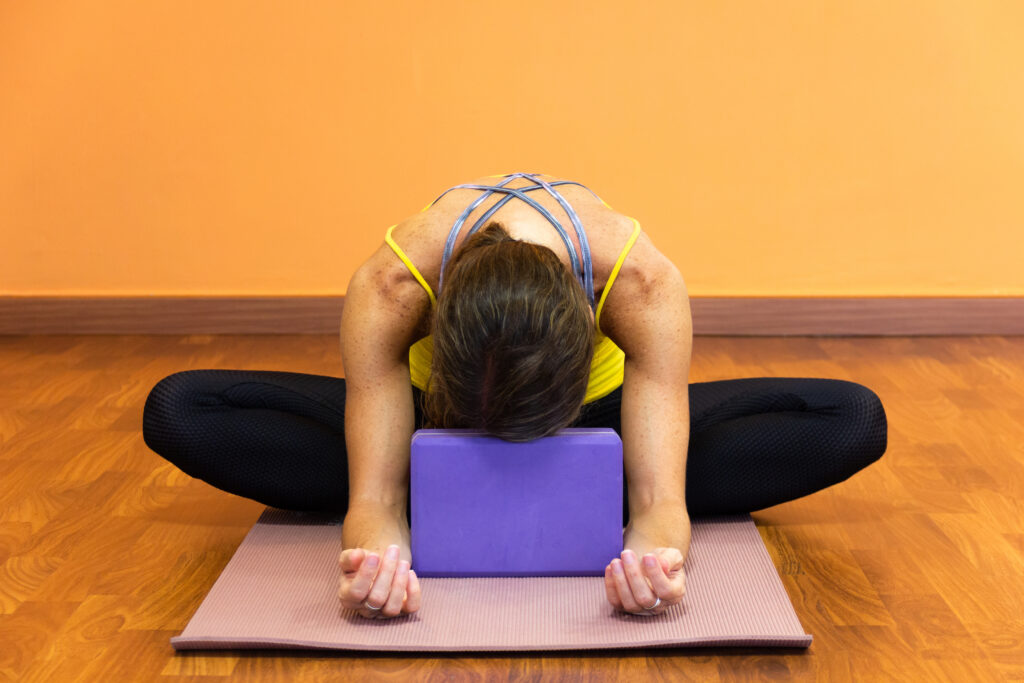
Yin yoga is a slow and meditative practice that targets deep connective tissue like ligaments, tendons, and fascia. Poses in yin yoga are held for longer periods, allowing for deep stretching and relaxation. This practice improves flexibility, joint mobility, and deepens body awareness. Yin yoga classes offer a nurturing and introspective practice, promoting relaxation and a balanced energy flow. With its focus on surrendering and releasing tension, yin yoga provides a special way to stretch and care for your body.
6. Prenatal Yoga: For Expectant Mothers
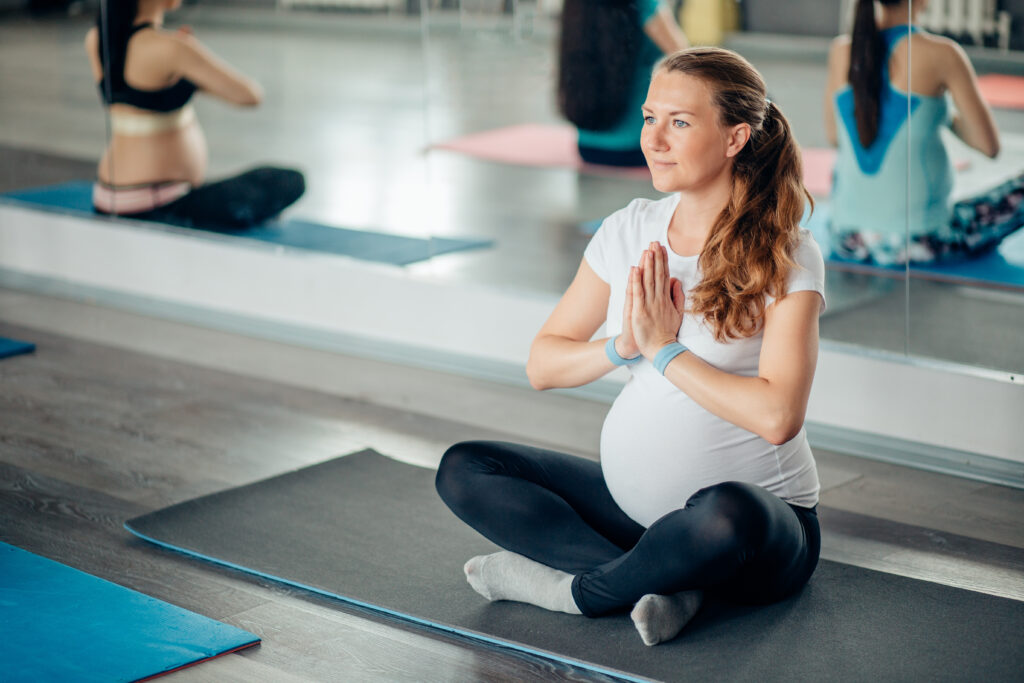
During pregnancy, it’s important to prioritize relaxation and mindfulness, which is exactly what prenatal yoga offers. With a focus on gentle stretches and breathing exercises, prenatal yoga helps expectant mothers strengthen their bodies in a safe and supportive way. It also aids in reducing pregnancy discomfort and improving flexibility. Additionally, prenatal yoga classes provide a supportive environment where expectant mothers can connect and share their experiences. So, if you’re an expectant mother looking to stay active and prepare your body for childbirth, prenatal yoga is a great choice.
7. Aerial Yoga: Defying Gravity
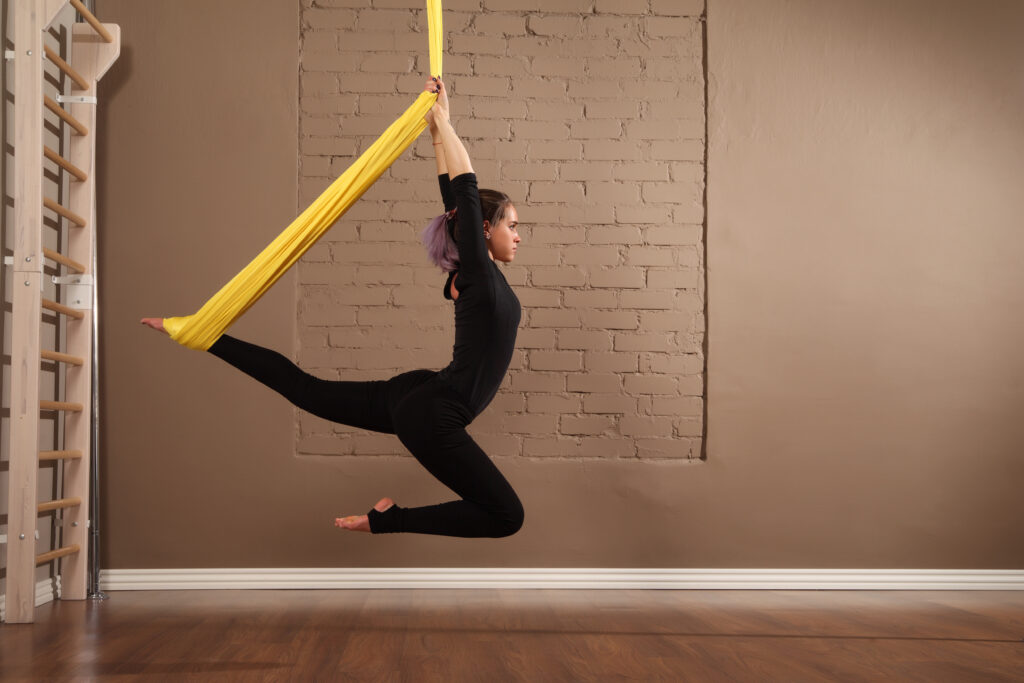
Experience the unique form of yoga known as aerial yoga, where you practice suspended from a fabric hammock. Combining yoga postures with aerial acrobatics, aerial yoga classes offer a fun and challenging way to improve strength, flexibility, and balance. Inversions in aerial yoga relieve pressure on the spine and provide a deep stretch for the body. Step out of your comfort zone and challenge yourself in these classes that cater to all skill levels. Enhance your yoga practice by trying something different and defying gravity with aerial yoga.
8. Acro Yoga: Combining Yoga and Acrobatics
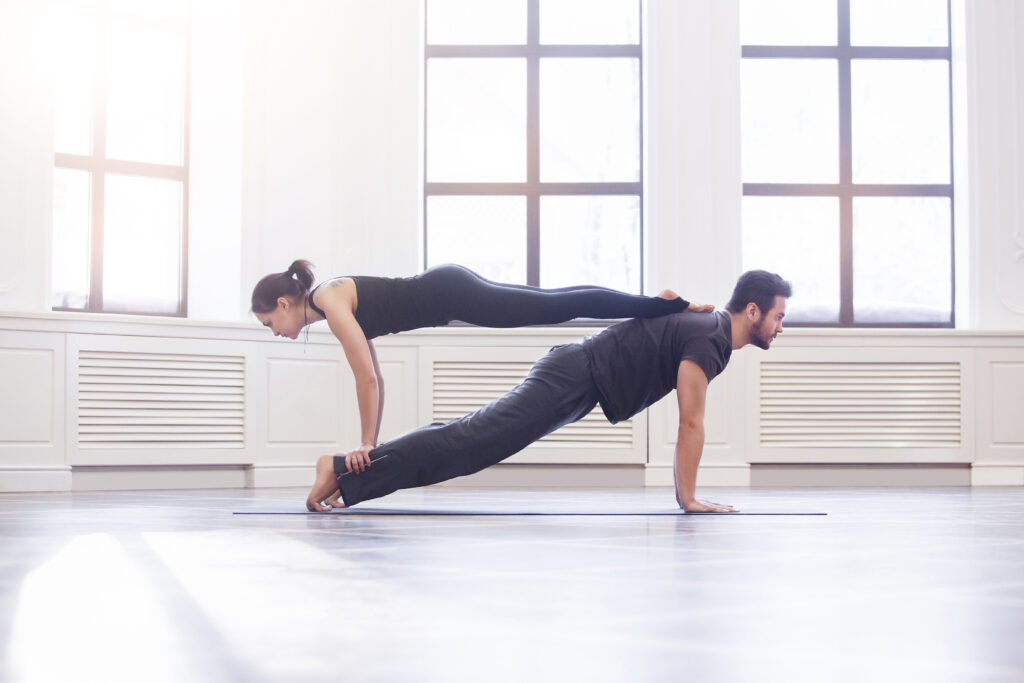
Experience the joy of flying and being supported in acro yoga practice. Acro yoga poses require balance, strength, and coordination, making it a unique partner practice that combines yoga and acrobatics. In acro yoga classes, you will develop trust, communication, and connection with your partner while focusing on proper alignment and safety techniques. This special way of practising yoga allows you to step out of your comfort zone and explore new ways of movement. Whether you’re a beginner or an experienced yogi, acro yoga offers a fun and challenging experience that is suitable for all skill levels.
9. Bhakti Yoga: The Path of Devotion and Love
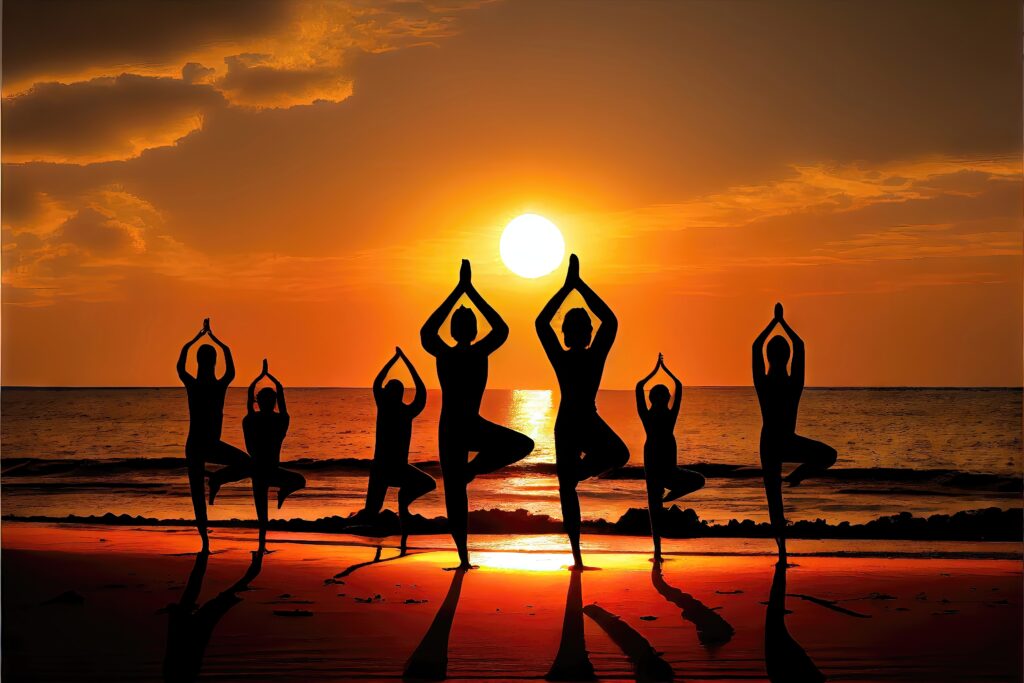
Bhakti Yoga, also known as the path of devotion and love, is a deeply spiritual and heartfelt practice. It involves cultivating a deep connection with the divine through worship, prayer, and chanting. In Bhakti Yoga, the focus is not just on physical postures but on expressing unconditional love towards a higher power.
Practicing Bhakti Yoga allows individuals to surrender their ego and find solace in devotion. Through singing devotional songs (kirtan) and reciting mantras, practitioners immerse themselves in the vibrations of divine energy. This path encourages an open heart,
10. Bikram Yoga: The Hot and Sweaty Practice
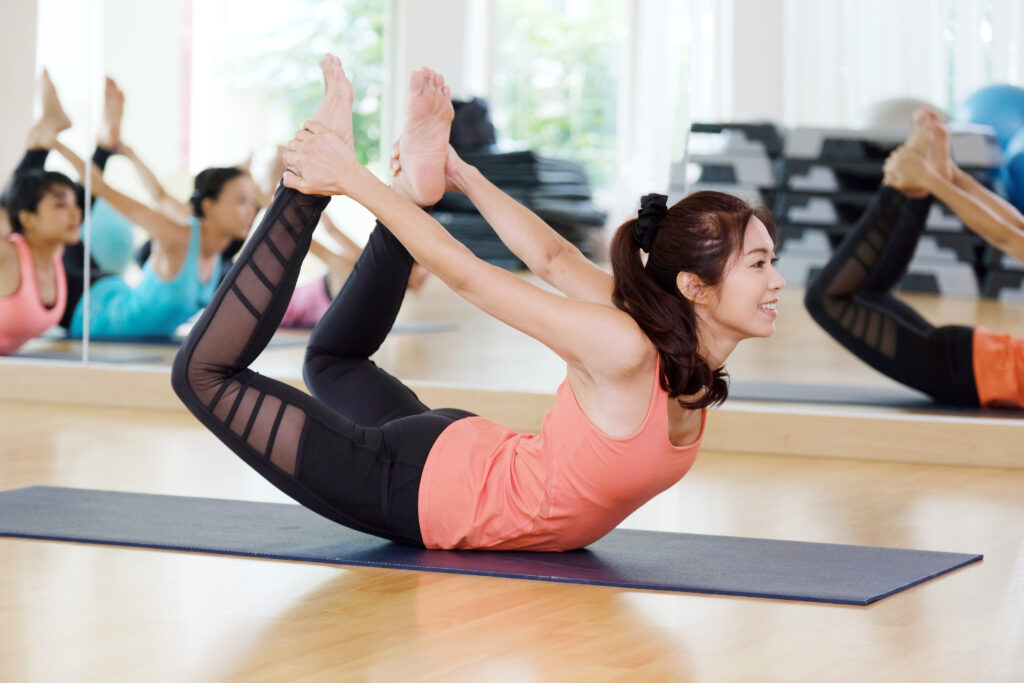
Bikram Yoga, also known as hot yoga, is a unique and intense practice that takes place in a heated room. Developed by Bikram Choudhury, this style of yoga consists of a series of 26 postures and two breathing exercises that are performed in a specific sequence.
The heated environment of Bikram Yoga is believed to increase flexibility, detoxify the body, and promote the healing process. As you move through each posture, the heat helps to warm up your muscles and allows you to go deeper into the poses.
Bikram Yoga is known for its challenging nature, as practitioners are encouraged to push their physical limits and embrace the discomfort that arises. The intense heat can create a challenging environment, but it also provides an opportunity to build mental strength and overcome obstacles.
During a Bikram Yoga class, you will experience a combination of strength, flexibility, and balance as you move through each posture. The focus is on proper alignment and breath control, allowing you to fully engage your body and mind in the practice.
While Bikram Yoga may not be suitable for everyone, it offers a unique and transformative experience for those who are willing to embrace the heat and challenge themselves
11. Hot Yoga: Sweating Your Way to a Better You
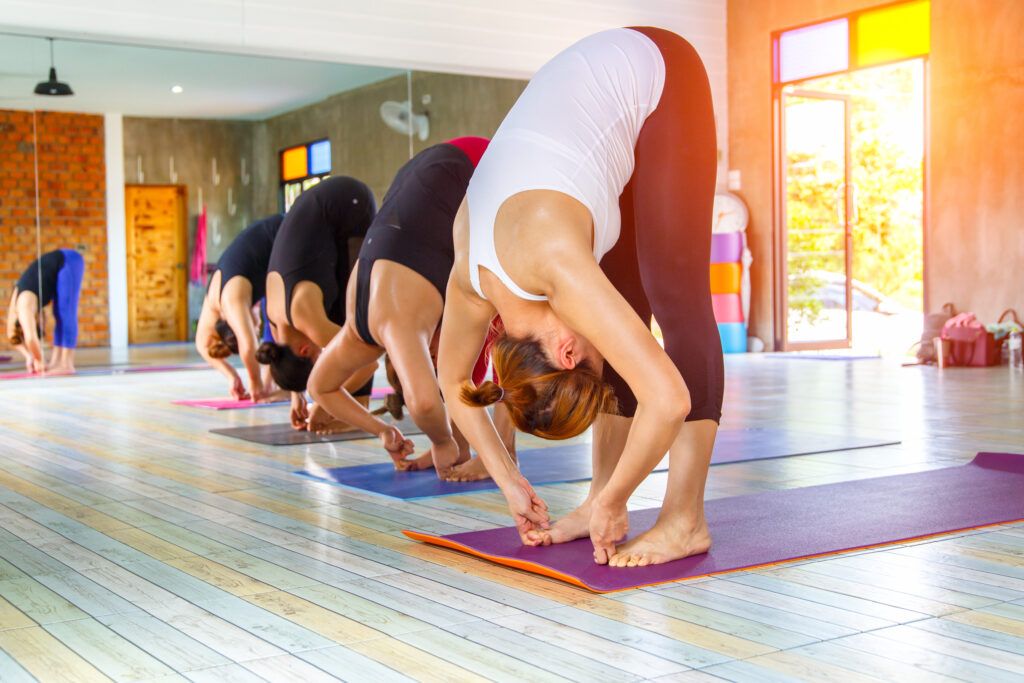
Hot yoga, also known as heated yoga, is a popular practice that incorporates heat and humidity into traditional yoga poses. Similar to Bikram Yoga, hot yoga classes are conducted in a heated room to promote flexibility and detoxification.
The elevated temperature in hot yoga classes helps to warm up your muscles quickly and allows you to deepen your stretches without risking injury. As you move through the poses, the heat encourages your body to release toxins through sweat, leaving you feeling refreshed and rejuvenated.
In addition to the physical benefits, hot yoga also provides a mental challenge. The intense heat can be mentally demanding,
Choosing the Right Yoga Style for You
Assessing your physical condition and fitness levels is crucial when deciding which yoga style suits you best. Understanding your goals and expectations from yoga practice will help you make an informed choice. Consider your personal preferences, including preferred pace, class atmosphere, and spiritual aspects of yoga. Explore a variety of yoga styles, such as vinyasa, hatha, yin, or hot yoga, to find the one that resonates with you. To gain more insight into different styles, consult with yoga instructors or conduct research. Find the style that aligns with your unique needs and embark on your yoga journey. For those in the Bay Area, discover the benefits of practicing yoga outdoors and how it can enhance your yoga experience
Assessing Your Physical Condition and Fitness Levels
When choosing a yoga style, it’s important to take into account any physical limitations or medical conditions you may have. Consider your current fitness levels, flexibility, and strength before selecting a practice. Depending on your physical abilities, you may prefer a more gentle, restorative yoga or a more vigorous, dynamic one. Be aware of any injuries or limitations that may require modifications in certain styles. Listen to your body and choose a yoga practice that supports your physical well-being. By assessing your physical condition and fitness levels, you can find the right yoga style for you.
Determining Your Goals and Expectations
Reflect on the desired outcomes of your yoga practice, be it physical fitness, stress relief, or spiritual growth. Identify specific goals like enhancing flexibility, alleviating back pain, or seeking inner peace to help you select the right yoga style. Consider whether you prefer a focus on physical postures, breath work, meditation, or a combination of these elements. Evaluate whether you seek a physically, mentally, or emotionally challenging yoga style to align with your aspirations. Set realistic expectations and choose a yoga style that matches them.
Considering Your Personal Preferences
When choosing a yoga style that suits your personal preferences, it’s important to consider various factors. First, think about the pace of practice you prefer. Some people enjoy a fast-paced, flowing practice like Vinyasa or Ashtanga, while others prefer a slower, more restorative practice like Yin or Restorative yoga. Next, consider the class atmosphere that makes you feel most comfortable. Whether it’s a yoga studio, gym, or outdoor setting, finding an environment where you can truly relax and focus is essential. Reflect on any spiritual or philosophical aspects of yoga that resonate with you, as different yoga styles may have different spiritual foundations. Additionally, take into account any special preferences you may have, such as the use of props, specific postures, or breathing techniques. Different yoga styles emphasize different elements, so choose one that aligns with your preferences. Lastly, trust your intuition and choose a yoga style that feels right for you. Your personal preference plays a significant role in enjoying and sustaining a yoga practice.
Enhancing Your Yoga Practice
Developing body awareness and alignment is crucial in yoga. Consistent practice helps you understand your body’s capabilities and limitations. To expand your practice, explore different yoga styles like Iyengar yoga and Bikram yoga. Attending workshops, retreats, or teacher training can deepen your understanding. Enhance your practice by incorporating breathing exercises, meditation, or restorative postures like the corpse pose. Props such as yoga blocks, straps, or bolsters provide support and help to deepen poses. These techniques enable you to go beyond your comfort zone and progress at your own pace.
Essential Tips for Beginners
Starting your yoga journey can be both exciting and intimidating. To make the most of your practice, here are some essential tips for beginners. Begin with beginner-friendly classes that focus on proper alignment and form, such as Iyengar yoga or restorative classes. Remember to pace yourself and listen to your body, taking breaks when needed. Pay attention to your breath, as breathwork is a fundamental part of yoga. Be patient with yourself, as yoga is a personal journey of self-discovery and growth. Seek guidance from experienced teachers to ensure a safe and enjoyable practice.
How Can You Progress in Your Chosen Yoga Style?
To progress in your chosen yoga style, set specific goals to work towards and regularly attend classes, workshops, or retreats. Make yoga a part of your daily routine, seek guidance from experienced teachers, and challenge yourself with advanced poses or variations.
Conclusion
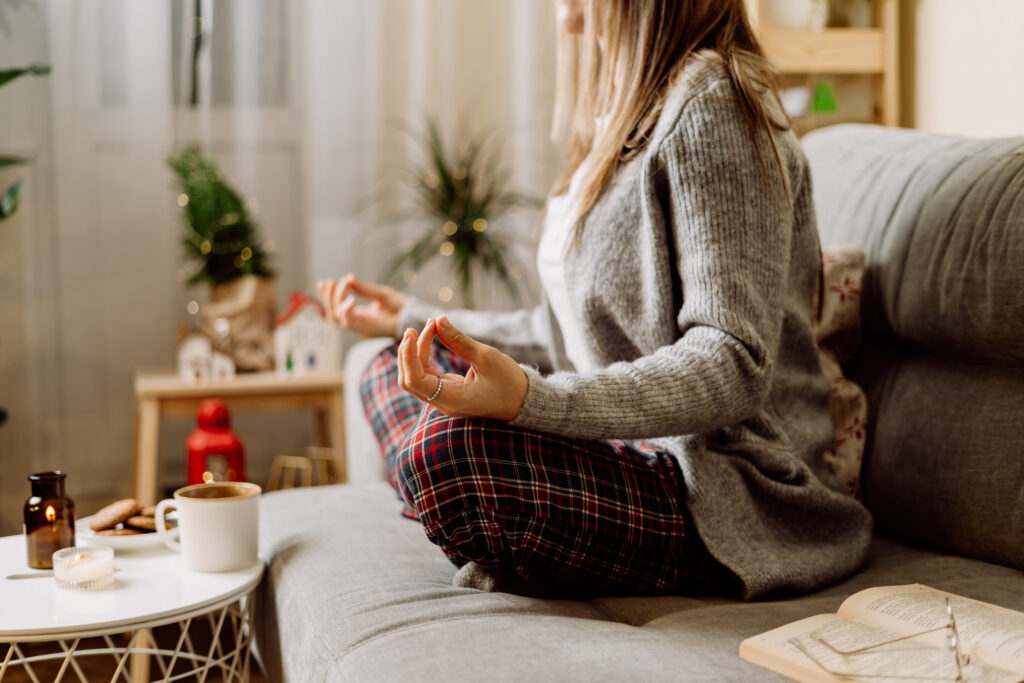
In conclusion, there are various types of yoga to choose from, each offering unique benefits and experiences. Whether you’re looking to build strength and endurance, improve flexibility, or find inner peace and relaxation, there is a yoga style that is right for you. Before diving into any particular style, take the time to assess your physical condition, determine your goals, and consider your personal preferences. Remember, yoga is a journey, and it’s important to listen to your body and progress at your own pace. With dedication and practice, you can enhance your yoga practice and experience the transformative power of this ancient discipline. Namaste.
Verónica Cruz, a native of Miami, is a certified yoga instructor trained by Mimi Yoga with a special focus on Vinyasa breath work. With her background as a leading interior designer, Verónica brings a unique blend of creativity and mindfulness to her yoga practice, creating transformative experiences that promote balance, strength, and inner harmony. Her passion for holistic wellness and design inspires others to find their own path towards wellness and self-discovery.


